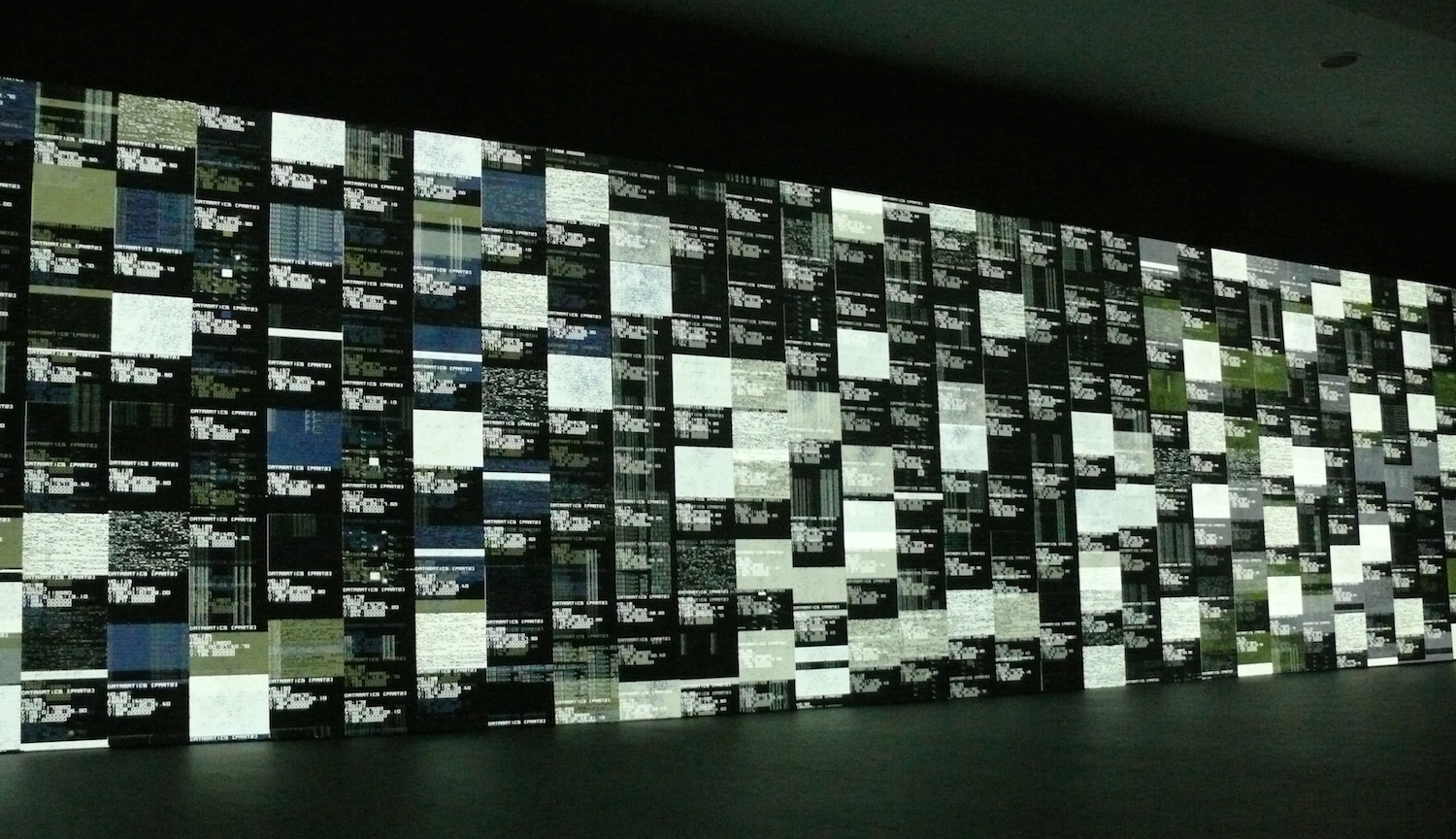Virtualization and Virtual Data Centers: Basic Questions

A data center is a single multi-component system that includes everything you need for a business: storage, network, computing resources. In order for the business to develop as quickly as possible, you need to transform these resources into a data center that satisfies ever-changing needs and does not fail in emergency and unforeseen situations. Let's talk about how to solve all these problems.
In our high-tech world, the term "innovation" is quite common. In this regard, we need to be able to determine which innovations can really change the approaches to solving various problems. In the field of data centers, a fairly visible direction is virtualization , which allows for the most efficient use of resources, abstracting the load from equipment.
')
A virtual data center is a collection of cloud resources that eliminate the need for IT staff to support its own data center. Together with virtual servers, you get the flexibility and ease of scaling. You can say that you have an unlimited number of servers that you can connect and disconnect when you want, but you do not need to invest money in the installation and maintenance of hardware.
The virtual data center model is often depicted as a layered layout. At each level, resources are pooled for later use by the hypervisor as directed by the administrator. Let's take a look at the basic levels of virtualization .

The first level of virtualization is the network. If you cannot ensure the interconnection of all devices, then you will get a simple room, installed by computers. Creating a traditional data center is not an easy task, but when the network is virtualized, you can easily manage its nodes and control communications.
When you have a cabinet full of servers with built-in hard drives, traditional tools can no longer cope with the task of identifying data placement. Storage virtualization is an important component because it creates a pool of accessible data stores.
The following is the virtualization of computing resources. A virtual machine can use both part and all of the cores of a single multi-core processor. The user need only move the slider and select the required amount of resources. As for application virtualization, it allows you to work effectively with familiar tools without reference to operating systems. You get the ability to instantly deploy new programs without worrying about compatibility and system requirements.
What about the remote connection to the infrastructure? In this model, the access mechanism is also represented by a separate layer of virtualization. Since there are many different authentication methods, access platform virtualization can improve the efficiency of authentication services. For example, you get the opportunity to organize SSO .
Now let's look at the main benefits of a virtual data center.
First, the cost of operating a virtual data center is significantly lower, not least because there is no need to build and maintain its own infrastructure. Time costs are also significantly reduced, since the IT department will spend less time on systems support. Thanks to this, staff will be able to focus on new projects, rather than perform maintenance tasks.
Secondly, virtual servers are easier to adjust to changing business requirements. Using virtualization technology, you get the opportunity to implement those business applications for which otherwise would not be enough money. A virtual data center can be designed, launched, and reconfigured much faster than a traditional machine room.
Third, by placing data out of the office, you avoid the risk of losing it in a serious accident, such as a fire, flood, or theft. In addition, virtual systems seriously simplify the process of data recovery - it’s easy to backup a virtual machine.
It is known that a functioning machine room consumes a huge amount of energy, part of which goes to the cooling system. In general, all subsystems are characterized by a wide range of load characteristics, and the device's energy loss can be divided into two categories: fixed and proportional.

Energy loss depending on the load on the equipment
There are functions that require the same amount of electricity, regardless of the load - in this case, the resulting losses will be called fixed. Proportional losses increase (in most cases) with increasing load. Losses in active resistance will be assigned to this category. Conductive tires, wires and fuses have losses due to thermal conductivity, which grow according to the law of quadratic dependence. All this leads to the waste of electricity and, as a result, an increase in electricity bills. Using virtualization will save you serious money.
Most likely, you have several old business applications. Perhaps one of them works on an old computer, covered with a century-old layer of dust, and installed by an administrator who no one remembers. Nevertheless, you continue to use this program and you are not going to change it, or you are going to, but there are not enough budget funds for it, or the transition simply does not justify itself - it doesn't matter. The important thing is that you should just transfer it to a virtual environment. So you will get rid of unreliable equipment and increase the availability of the application. Of course, this only postpones the decision to replace the software with something new, but you can intelligently plan a budget for the future and choose a good moment to update.
Thus, it makes sense for large organizations to move most of their critical services to the cloud, because:
- The IT department will monitor the entire server infrastructure and network connections, without being distracted by worries about real hardware.
- The company will be able to use any technology to increase availability at the virtual machine level.
- Isolation at the level of a virtual data center will increase the level of information security .
PS Our materials on the topic on Habré:
Source: https://habr.com/ru/post/276807/
All Articles